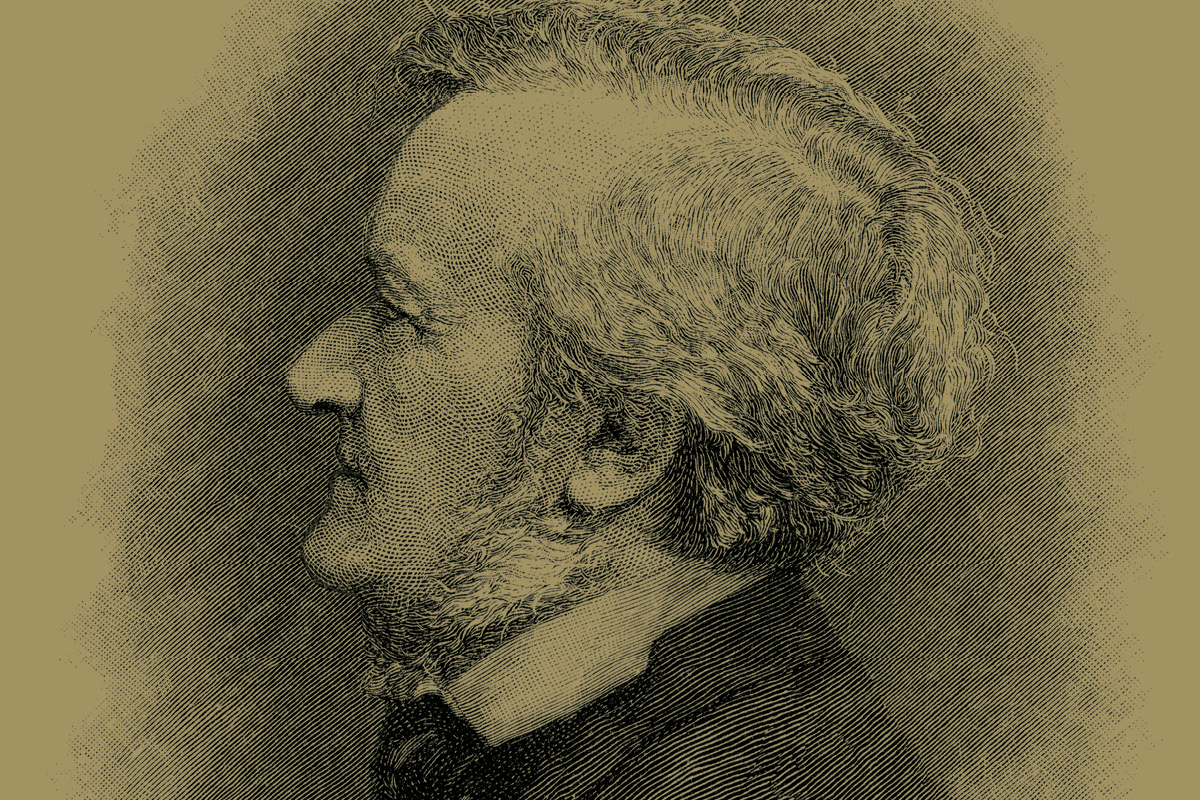The music of Richard Wagner is everywhere – on recordings, on radio and live in the theatre. Wagner groupies travel the world in pursuit of live performances of his opera cycle, The Ring of the Nibelung. Quite apart from the intrinsic appeal of the music and the craft employed in its orchestration, the Wagner operas are hugely effective as music theatre, and enduringly useful to music organisations who can rely on them to bring financial reward. One consequence of Wagner’s popularity is that he remains a controversial figure – not because of the music itself, but because of its associations with the Nazis before and during World War II, and also because of Wagner’s own anti-semitic writings in pamphlets published during his lifetime.

If your acquaintance with Wagner comes through his music, it can be a shock to read his anti-semitic rants, most famous of which is the 1850 tract Judaism in Music, to which he wrote an appendix in 1869. Although couched in the form of musical critique, there are passages in the text which overstep the bounds of artistic comment and degenerate into personal abuse. What is even more disturbing is that, in...











Comments
Log in to join the conversation.